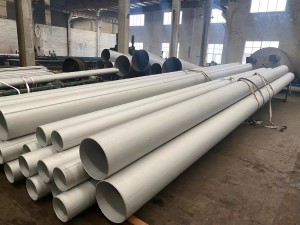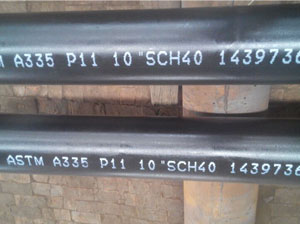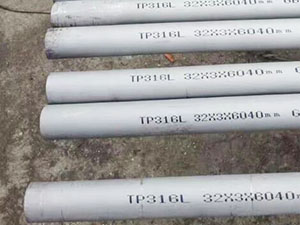Manufacturing Process
A big difference between welded tubing and hollow bar is how the two are made. Tube is made by taking slit coils of a base metal and running it through a tube mill, which is a series of dies that form the slit coil into a tube shape; either round, square, or rectangular for example. Once formed into the desired shape, the edges are joined together with a weld. The welding process can vary depending on the material type, material thickness, and preference of the manufacturing team. Typically, high frequency welding or electric resistance welding is used. The excess weld metal is then removed from the outside. Frequently, the newly joined tubing is then brought through an annealing process to create a homogenous final product.
With hollow bar, welding is not used. There are two main ways to create hollow bar, with the process depending on material type and dimensional tolerance requirements. One method for creating hollow bar is called drilling. This process involves sending a drill through a solid bar stock of material. This process can produce highly accurate part dimensions for critical applications. The second method is centrifugal casting. This is when a round mold is rotated at high speeds as molten metal is poured into the mold. The force created by the spinning mold forces the molten material to the inside mold wall where it cools and hardens. Centrifugal casted hallow bar tends to be dense and uniform. There are really only two metals that refer to hollow bar; stainless steel and bronze.
Quality
Hollow bar can be made to be extremely homogeneous and can also possess very tight dimensional tolerances. On the other hand, achieving tight dimensional tolerances can be more challenging with tube. Also, if care is not taken by the manufacturer, the welding process used for manufacturing tube can potentially create a lower quality product than desired. The excess weld metal should be removed to avoid stress concentrators in the welded tubing. Also, the tube should be annealed or heat-treated after welding to ensure that a homogenous product is being created. Welding processes can create different crystalline structures near the weld zone which could affect the desired mechanical properties of the tubing.
Materials
A wide variety of materials can be formed into welded tubing. If the material can conduct electricity, electric resistance welding can be used to weld the material onto itself to create tubing.
Hollow bar can be created out of most materials as well. However, harder and stronger materials may prove to be too difficult to extrude so the piercing method could be used instead.
In the end, the choice between using tube or hollow bar will ultimately come down to the application, as one is not universally better or cheaper than the other. Depending on the material type and tolerances, several design considerations should be taken into account before a choice between the two is made.





